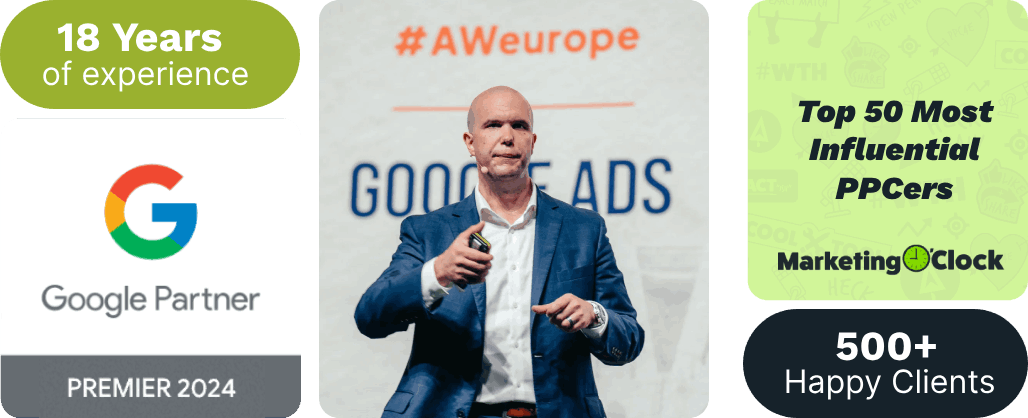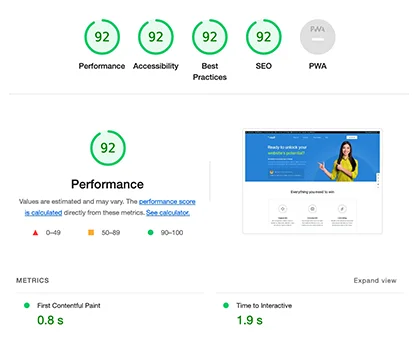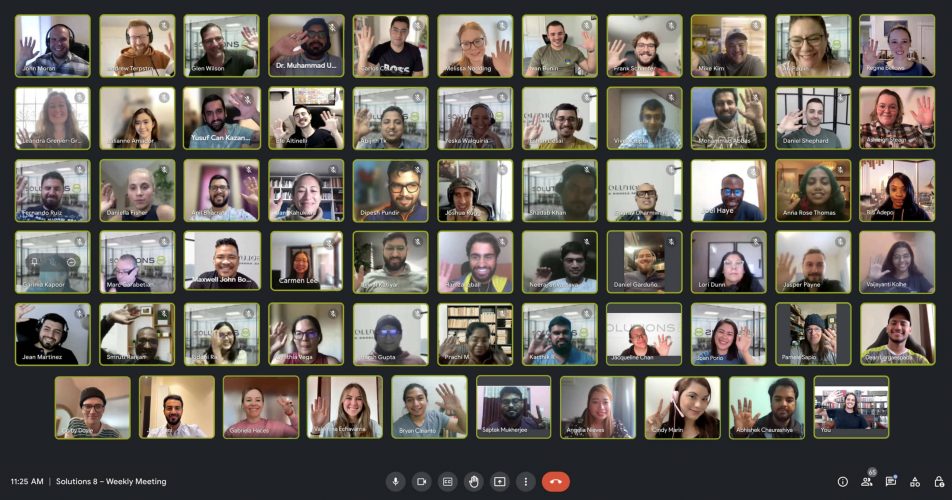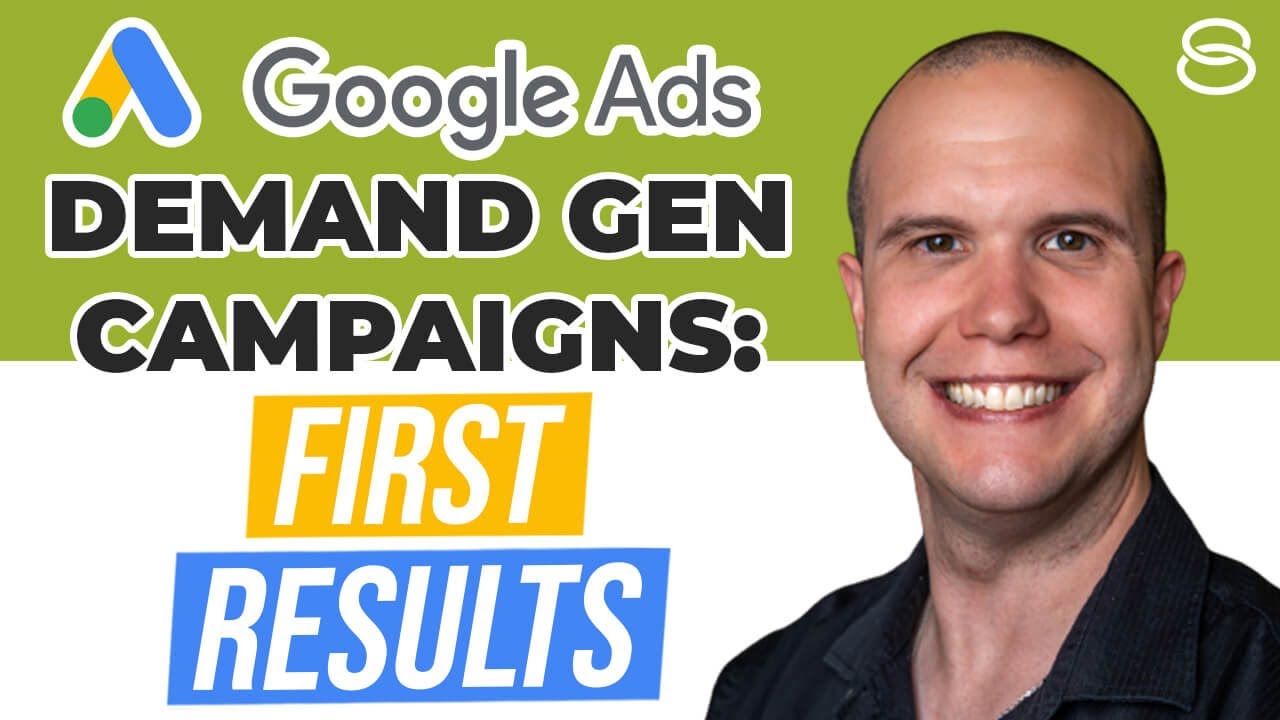Solutions 8 strategists Glen, Colby, and Usama were recently chatting about the “attribution nightmare” that still exists for paid media managers—and how it is only going to get worse.
In this video, they talk about defining your conversion goals in Google Ads, and the pros and cons of using custom goals (formerly known as conversion action groups).
Watch the full video to hear it directly from our Google Ads Aficionados, or keep reading for a quick breakdown of their chat.
What are custom goals?
A custom goal is a type of conversion goal that allows you to combine primary actions (used for bidding) and secondary actions (used for reporting) into one customized goal.
When should you use them and why?
That is exactly what Glen wants to know.
Colby responds by saying he sometimes uses a custom goal with more complicated accounts. For example, they may have a conversion action, but they are not going to receive enough customers for it to be a valid conversion to go after. So, he says, “You break down those steps and we find the custom goal that’s going to get the most volume but furthest down the funnel—and that’s what we want to optimize towards.”
He adds that sometimes you can mix things up a little bit, for example assigning values to the different levels in the funnel. So maybe a lead is worth $100, a qualified lead is worth $500, a different action is worth $750 and an actual purchase is worth $1,000. This means there are accounts where you could actually optimize toward all four goals, and then you could use a tROAS and start manipulating it, basically trying to develop a fake value.
However, Colby cautions that Google is going to try to drive for the higher value (or that is what it is supposed to do, in theory) so you have to be careful that it does not just take the easy way out and go for that lowest-value conversion. “And that’s why so often we have to start getting rid of the lowest-value conversions,” he says, adding that it is definitely worth experimenting with.
Glen reminds him of a time they used a custom goal for a lead gen campaign. They had two conversion actions and there were two middle stages of the funnel. In that case, they used a custom goal to combine those two conversion actions into one because there was more value—more numbers in there, in other words.
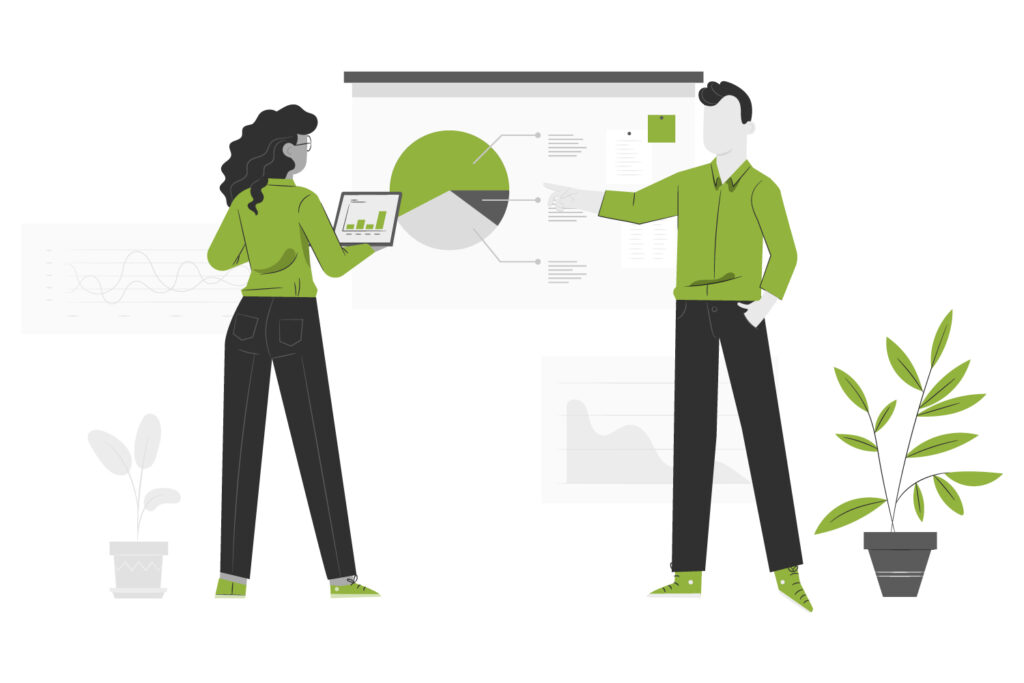
What about secondary conversion actions?
Once upon a time, says Glen, you could pick a conversion action and give it to a campaign. But now that Google has broken everything down into purchase, submit form, and so on, sometimes there are these secondary conversion actions that are accruing data.
(Colby interjects here to agree and say that yes, Google is trying to force you to do the things it wants you to do and making anything manual as difficult as possible.)
Glen’s next question then is, “Can you use a secondary conversion action in a custom goal and use that custom goal and assign that to a campaign?”
Usama says yes, because he has done it before, but Colby wonders why you would do that. According to Glen, “If you didn’t want to use the secondary in the purchase but you wanted the purchase conversion action that’s in the secondary—maybe on another campaign type—to add that with another signal. So you can combine two conversion actions, create a custom goal, and then give that to a campaign.”
But couldn’t you just run every single campaign on a custom goal in the first place and then you wouldn’t have to worry about that? The answer is yes, and again it comes back to what you think will work best for each account. Of course, as paid media managers, we should always be testing (and retesting) to find out what works most optimally.

A new attribution option
So, why did Glen bring all this up in the first place? Excellent question.
He is testing a new attribution option that he says is in the “really early days.” But what he has been liking about this option is that it creates multiple secondary conversion actions for you automatically.
“A lot of it is optimized from the first-click, last-click, linear, and custom attribution models that we lost the the power to assign inside Google Ads,” explains Glen. “It creates them; we can use them. But not only that, we can now start putting in cost of goods and it automatically creates the conversion action in the platform that’s imported into Meta or Google and you can optimize for that conversion action moving forward.”
He stresses again that it is still in the early stages. However, what is really interesting to him is that the option is there—the ability to have multiple conversion actions on multiple different types of actions, as well as the ability to assign them to different campaigns to perform specific actions.
Glen concludes by saying attribution is a big thing in paid media right now, and that it is “falling off” because of the use of multi-channel devices. So, being able to optimize campaigns for a specific purpose is very cool.
Do you agree?
Author
Pamela is the Senior Content Writer at Solutions 8. When she's not writing, you can find her hiking in the woods with her dogs. She is currently on a quest to visit every national park in the United States.
 Pamela Sapio
Pamela Sapio

